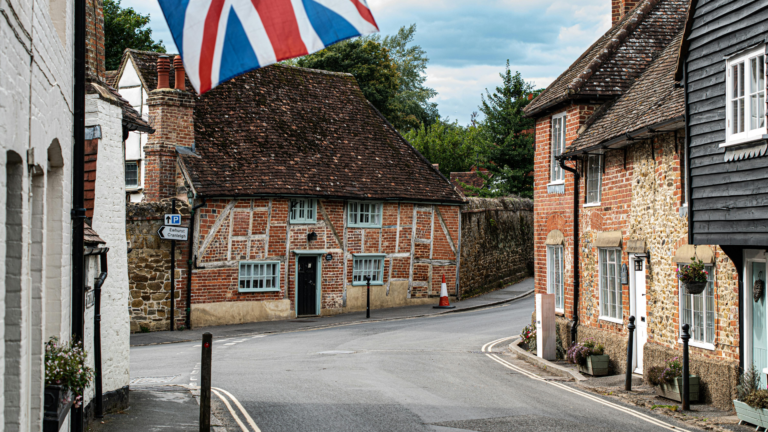The Building Safety Act (BSA) represents a significant milestone in enhancing building safety standards across the UK. With key changes already in effect since October 1, 2023, and the full implementation of comprehensive regulations as of April 6, 2024, this legislation brings sweeping changes that will undoubtedly impact various aspects of building management, including insurance premiums. In this blog, we will explore how the BSA affects your insurance premiums and what you need to consider to ensure your policy remains accurate and comprehensive.
Overview of the Building Safety Act (BSA)
The primary objective of the Building Safety Act is to bolster building safety, particularly in high-rise residential buildings, in response to past safety incidents. The BSA introduces stricter regulations for building safety assessments, increases accountability for building owners and managers and enhances regulatory oversight to prevent future tragedies. Key provisions include mandatory safety case reports, the establishment of a new Building Safety Regulator and more rigorous enforcement of safety standards.
Impact on Insurance Premiums
The BSA is expected to influence insurance premiums for building owners and developers significantly. As the act enforces stricter compliance and safety measures, insurers may adjust premiums to reflect the heightened regulatory environment and associated risks. Some factors contributing to premium changes include:
- Increased Regulatory Compliance: With more stringent safety requirements, building owners must invest in safety improvements, which may raise insurance costs.
- Enhanced Risk Assessments: Insurers may conduct more detailed risk assessments to align with the BSA’s provisions. Highlighting of adverse risk factors could potentially lead to higher premiums.
- Liability and Accountability: The BSA places greater accountability on building owners and managers, influencing insurers to adjust liability coverage and premiums accordingly to reflect these increased exposures.
Considerations for Building Owners and Developers
To navigate the changes brought by the BSA effectively, building owners and developers must carefully review their insurance policies. Key considerations include:
- Policy Coverage: Ensure your insurance policy comprehensively covers new regulatory requirements and potential risks associated with non-compliance.
- Accurate Valuations: Conduct thorough valuations of your properties to ensure that the insurance coverage accurately reflects the building’s value and its safety features.
- Safety Improvements: Proactively invest in safety enhancements to meet BSA standards, which may help mitigate premium increases.
Key Changes Under the BSA Affecting Insurance
Several specific regulatory changes under the BSA directly impact insurance coverage and premiums. These include:
- Mandatory Safety Case Reports: Buildings over 18 meters must have a safety case report, detailing all safety measures and potential risks. Insurers will likely factor this into their premium calculations.
- Building Safety Regulator: The establishment of this new regulatory body means stricter oversight and potential fines for non-compliance, influencing insurance risk assessments.
- Accountability Measures: Enhanced accountability for building owners and managers means insurers may adjust liability coverage to account for increased responsibilities.
Steps to Ensure Adequate Insurance Coverage
To ensure your insurance policy remains comprehensive and compliant with the BSA, consider the following steps:
- Consult with Experts: Engage with insurance brokers who understand the BSA’s intricacies to navigate the regulatory changes effectively.
- Update Safety Measures: Regularly update and document all safety measures to meet BSA standards, which can positively influence risk assessments and premiums.
- Review Policies Regularly: Conduct regular reviews of your insurance policies to ensure they align with the latest regulations and accurately reflect your building’s safety profile.
Future Outlook and Adaptation
The long-term effects of the BSA on the insurance industry and building safety standards are significant. By proactively adapting to these regulatory changes, building owners and developers can maintain adequate insurance protection and contribute to a safer built environment. Staying informed about ongoing developments and partnering with knowledgeable advisors will be crucial in navigating this evolving landscape.
Conclusion
The Building Safety Act marks a pivotal change in building safety regulations, impacting insurance premiums and policy considerations. Building owners and developers must stay informed about these changes, invest in safety improvements and consult with experts to ensure their insurance policies remain accurate and comprehensive. By taking these steps, you can effectively navigate the regulatory landscape and maintain robust insurance coverage.
The government has also recently released additional guidance and a Q&A on the new processes, which may be of interest.















